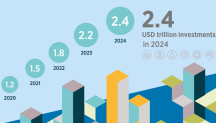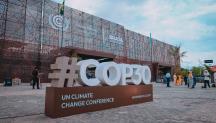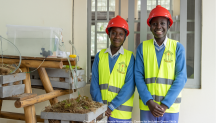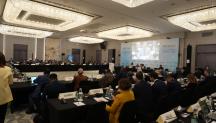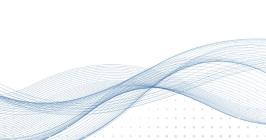
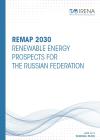
-
-
IRENA (2017), REmap 2030 Renewable Energy Prospects for Russian Federation, Working paper, IRENA, Abu Dhabi. www.irena.org/remap
Copied
/-/media/Files/IRENA/Agency/Publication/2017/Apr/IRENA_REmap_Russia_paper_2017.pdf
Copied
Renewable Energy Prospects for the Russian Federation (REmap working paper)
Newsletter
The Russian Federation has set out to increase and diversify its use of renewables, particularly for power generation. Under current plans and policies, renewables would reach nearly 5% of total final energy consumption by 2030. Accelerated deployment, however, could boost Russia’s renewable energy share to more than 11% in the same timeframe, according to this REmap working paper from the International Renewable Energy Agency (IRENA).
Achieving this potential calls for cumulative investments of USD 300 billion in renewable energy up to 2030, or on average USD 15 billion per year between 2010 and 2030. When externalities related to human health and climate change are taken into account, these investments in renewables could ultimately save up to USD 11 billion per year.
Yet certain areas require further attention. These include long-term planning, integration of renewables with existing plans, opening the way for solar PV and wind development, and ensuring reliable and affordable bioenergy supplies.
Hydropower – representing about a fifth of Russian power generation capacity – is currently the most prominent renewable source, along with bioenergy for heating in buildings and industry. By end of 2015, total installed renewable power generation capacity reached 53.5 gigawatts (GW) of which 51.5 GW came from hydropower, and the remainder 2 GW from bioenergy, wind, solar PV and geothermal.
The country analysis forms part of REmap, IRENA’s global roadmap to double renewables in the global energy mix.
See the working paper on Russia’s renewable energy prospects
Review the key findings in English and Russian (русский)
Find out more about REmap.
